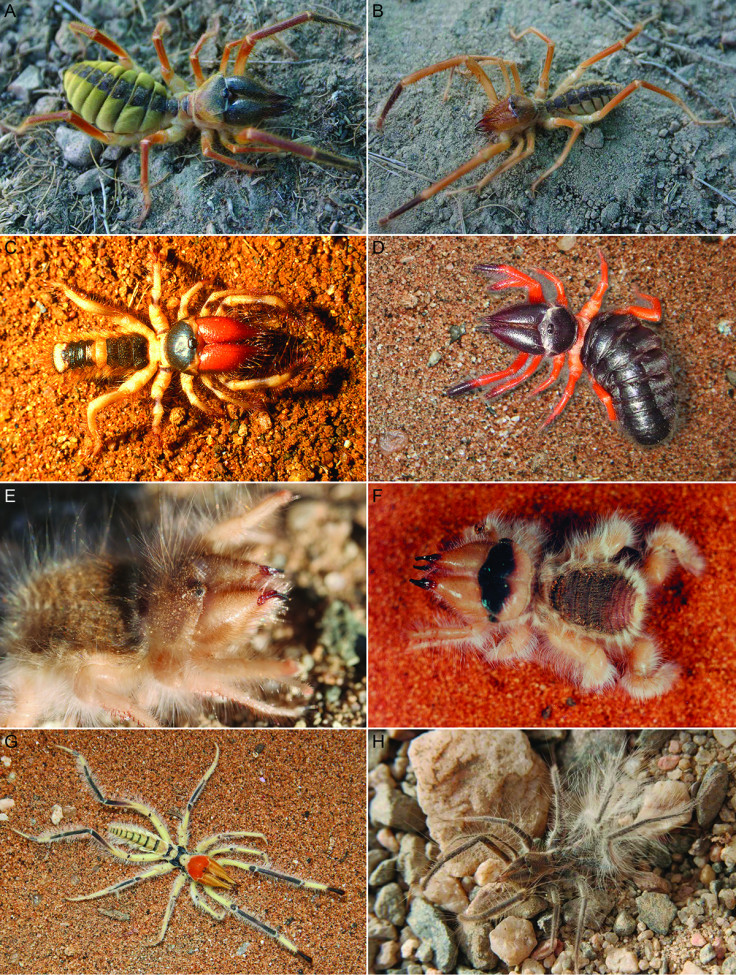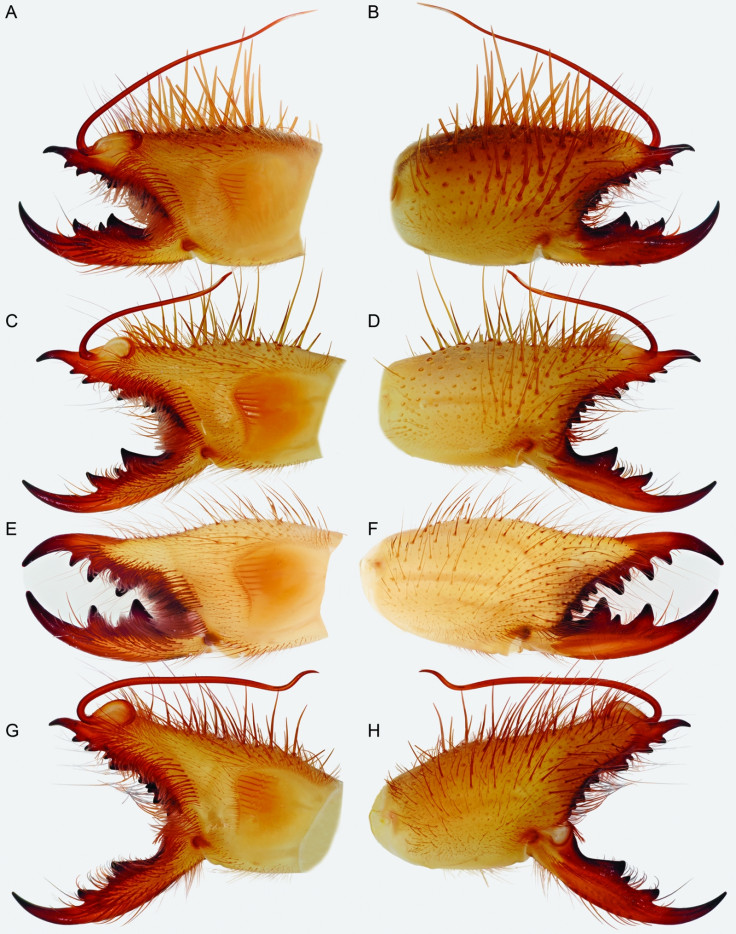Warning potentially scary images: Fearsome jaw of camel spider unveiled in 'visual atlas'
The strange and formidable jaw of the little-known camel spider has been mapped for the first time.
The creatures, which are neither spiders nor scorpions, are prominent in folklore around the world.
Rumours of their fearsome reputation began circulating during the First Iraq War, when stories and photos of camel spiders bigger than a human's head emerged. Myths circulated telling of how they disembowelled camels and chased people, jumping high into the air.
Yet despite all this, very little is known of their biology.
A team of scientists from the American Museum of Natural History, the National Museum of Namibia and Texas A&M University, have now presented a visual atlas and dictionary of their jaws.

Lorenzo Prendini, an author of the study published in the Bulletin of the American Museum of Natural History, said: "Our limited understanding of the incredible jaws of these arachnids, together with terminology that is unstandardised and even contradictory, has hindered our ability to classify them and figure out where they fit in the arachnid tree of life because, much like the cranial anatomy of vertebrates, the jaws of solifugae contain most of the relevant information.
"The last time there was a major publication of this kind on camel spiders was in 1934, which, considering how conspicuous and ubiquitous they are in some parts of the world, is almost unbelievable."
There are over 1,000 species of camel spider in the world and they range in size from just a few millimetres to around 15cm in length. They have an extra pair of legs compared with arachnids and have a large two-segmented jaw, which can be up to a third of their body length.

As well as being armed with teeth, their jaws are also believed to play a big role in reproduction. Predini said: "Camel spiders are extremely difficult to collect and study, which may explain why they are so poorly known. They're very seasonal, short-lived and fast-moving animals. Many live in the hottest, driest and most dangerous places in the world, and usually only the adult males can be identified to species with any confidence."
Researchers combined observations with existing literature to create a common language for future work into these creatures' jaws. During their studies, several discoveries emerged about the flagellum of male camel spiders – but much is still unknown
"We lack data because hardly anyone can keep camel spiders alive long enough to breed them in captivity, and observing solifugae mating in the wild is even more difficult," Prendini said. "They are high-octane creatures, they burn out quickly. So, there are still many unknowns about how they live."
© Copyright IBTimes 2025. All rights reserved.






















